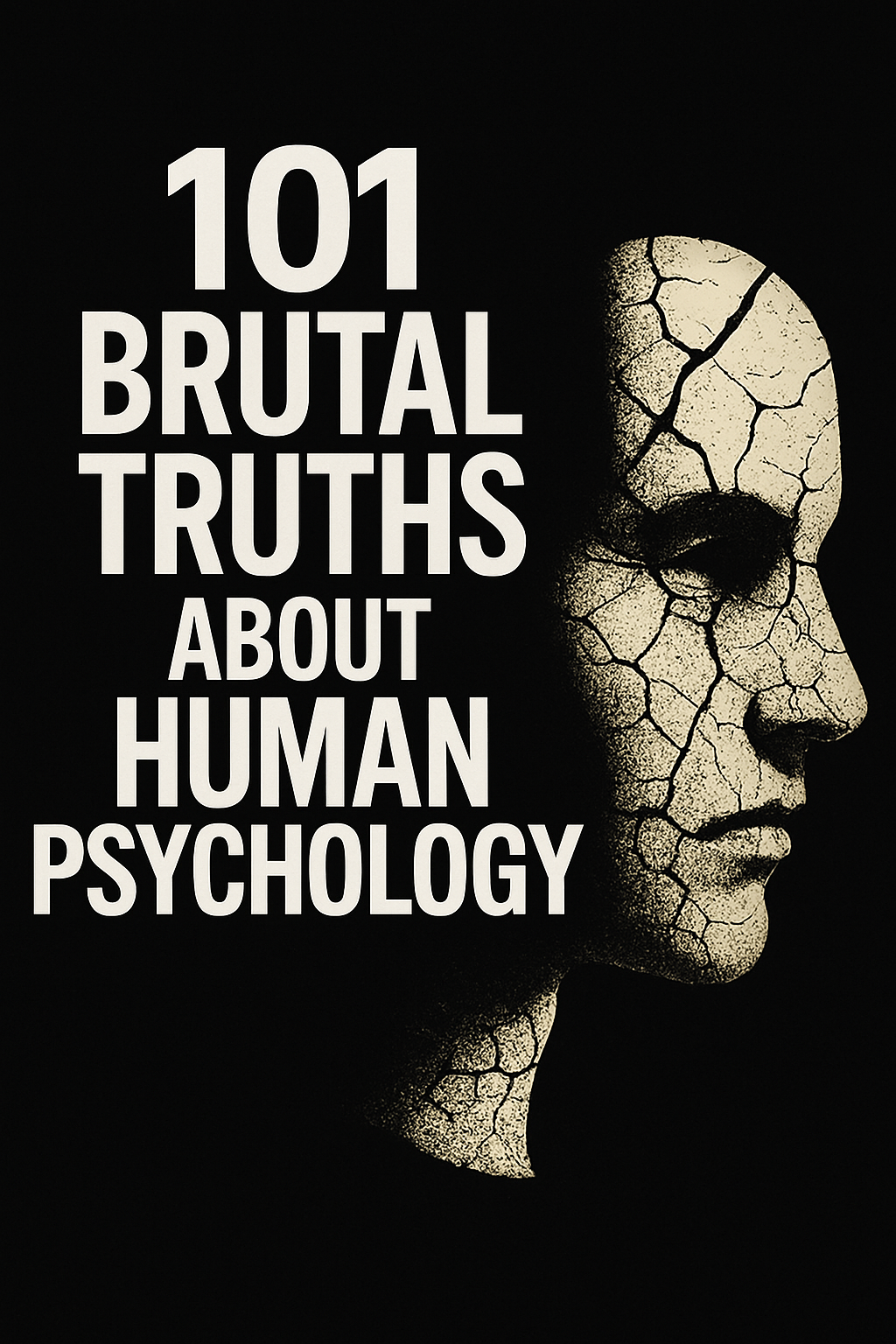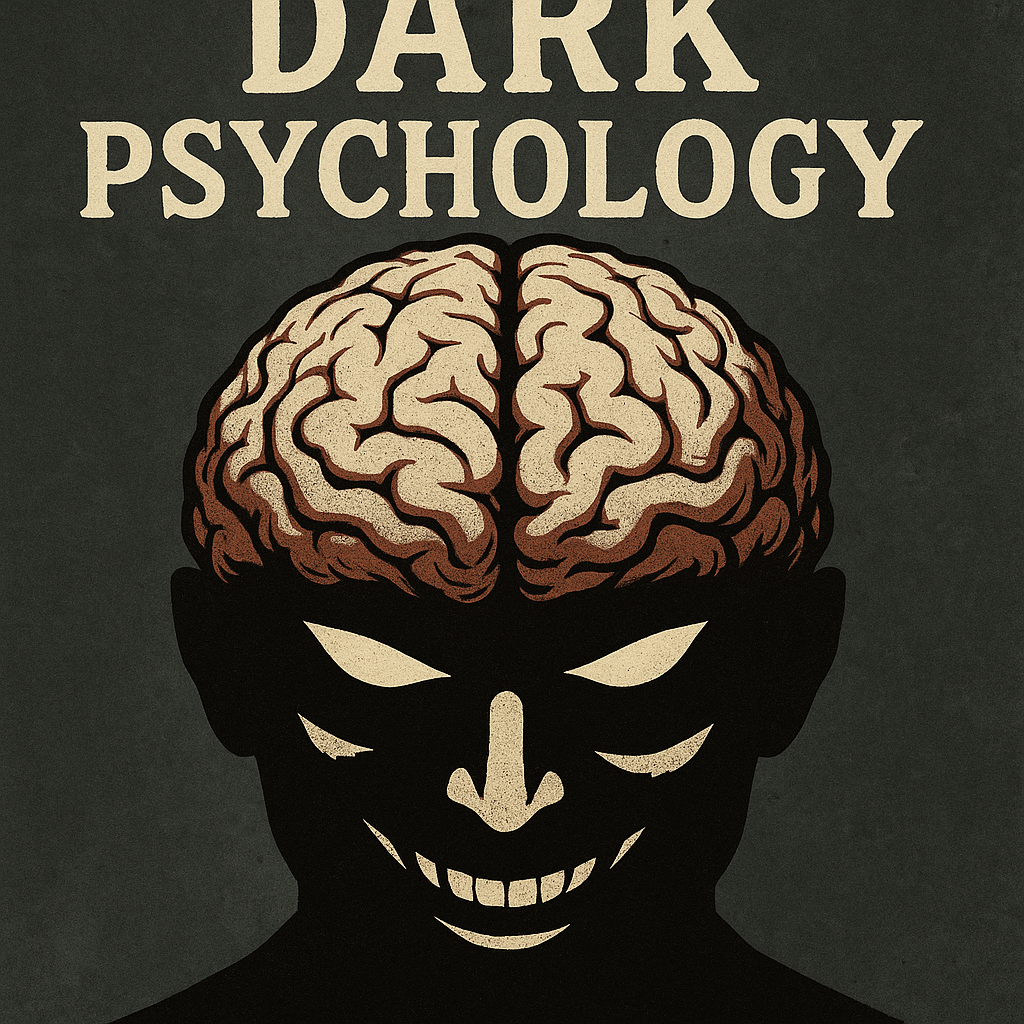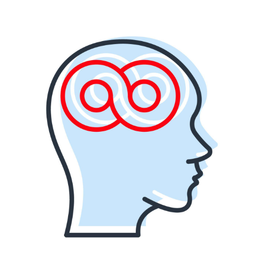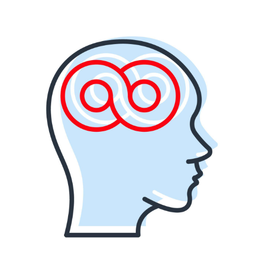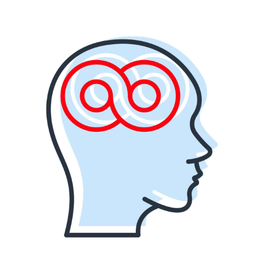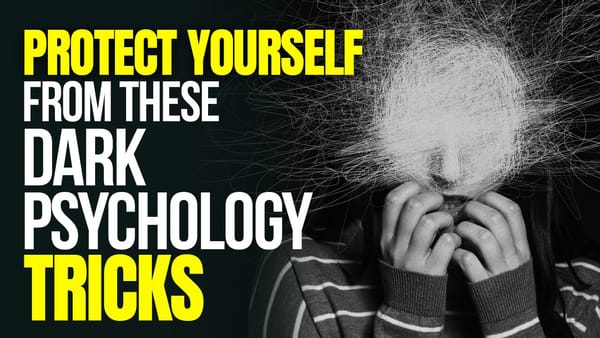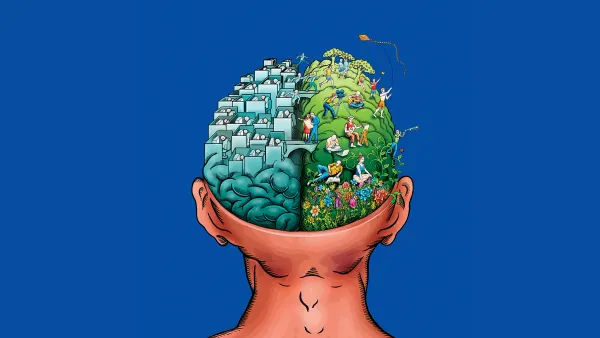Cognitive Biases 101: The Complete List of 101 Mental Shortcuts That Steer Your Thinking
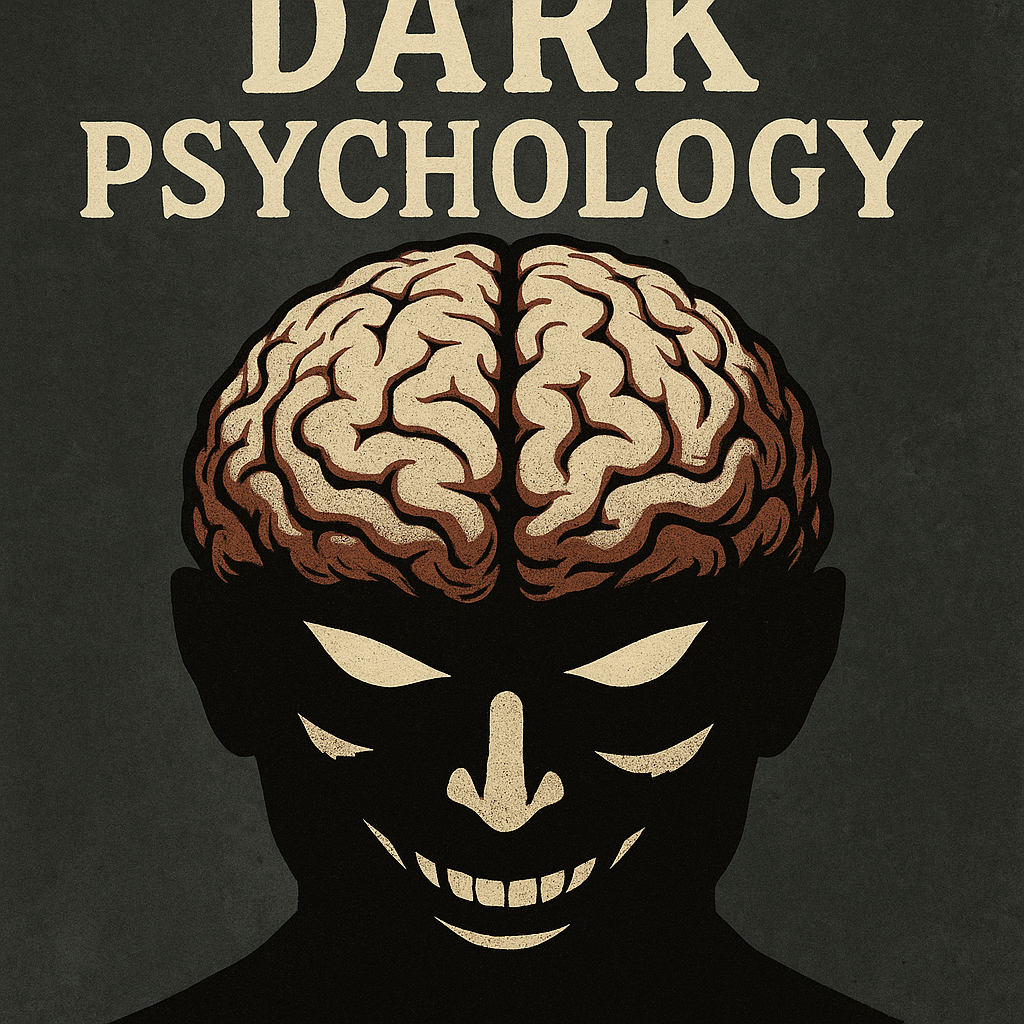
Why a “101” on Cognitive Biases?
Cognitive biases are systematic, predictable deviations from rational judgment. They arise because the brain is an energy‑hungry prediction machine that relies on heuristics, quick mental rules of thumb, to conserve effort. Those shortcuts serve us well in everyday life, but they can also distort perception, memory, and decision‑making in subtle (and sometimes spectacular) ways. Below you’ll find 101 distinct biases, each distilled into a bite‑sized definition and quick example, so you can spot them in yourself, your organization, and the wider culture.
The 101 Biases
- Anchoring Bias – We rely too heavily on the first piece of information (the “anchor”) when making decisions. Sticker price sets expectations for negotiation.
- Availability Heuristic – Events that come easily to mind feel more common than they are. Plane crashes dominate news; flying feels riskier than driving.
- Confirmation Bias – We favor evidence that confirms our pre‑existing beliefs and ignore contradictory data. Skimming articles that support your political view.
- Hindsight Bias – After an event, we see it as having been predictable all along. “I knew the market would crash.”
- Self‑Serving Bias – Successes are attributed to our skill, failures to external factors. Ace the test? “I’m smart.” Fail? “The questions were unfair.”
- Dunning–Kruger Effect – The less competent we are, the more we overestimate our ability; experts often underestimate theirs. A novice investor brags about beating the market.
- Fundamental Attribution Error – We explain others’ actions by character, not context. Someone cuts you off: “They’re rude,” not “Maybe they’re rushing to the hospital.”
- Actor–Observer Bias – The flip‑side: we attribute our own bad behavior to circumstances. You cut someone off because you’re late.
- Groupthink – Desire for harmony suppresses dissent and critical evaluation. Executive team green‑lights a flawed product.
- Halo Effect – One positive trait (e.g., attractiveness) colors overall judgment. Assuming the charismatic speaker is also competent.
- Horn Effect – One negative trait infects overall perception. Disliking a colleague’s idea because they once missed a deadline.
- In‑Group Bias – We favor members of our own group. Team A sees Team B as less skilled, even with identical performance.
- Out‑Group Homogeneity Bias – Members of other groups seem “all alike.” “They all think that way.”
- Status Quo Bias – Preference for current state even when change would be beneficial. Sticking with an expensive bank account.
- Loss Aversion – Losing feels worse than gaining the same amount feels good. People demand more to give up a mug than they would pay to acquire it.
- Endowment Effect – We overvalue what we already own. Your used sofa is “worth” far more than buyers will pay.
- Sunk‑Cost Fallacy – Continuing an endeavor because of prior investments. Finishing a dull movie because you paid for the ticket.
- Planning Fallacy – Underestimating time, costs, and risks. The remodel that was “three weeks” drags to three months.
- Optimism Bias – Overestimating the likelihood of positive events. Believing you’re less likely than peers to get ill.
- Pessimism Bias – The mirror image: overestimating potential negatives. Assuming every noise is a home intruder.
- Negativity Bias – Negative events influence us more strongly than positives. One bad comment outweighs ten compliments.
- Recency Bias – Weighing recent information more heavily than older data. Judging a fund on last month’s return.
- Primacy Effect – Information presented first is remembered best. The first candidate interviewed seems strongest.
- Serial‑Position Effect – Items at the beginning and end of a list are remembered better than the middle. Shopping list memory peaks for milk (first) and coffee (last).
- Peak–End Rule – Experience memory focuses on the peak moment and the end. A painful medical test is judged by its worst moment and final minutes.
- Survivorship Bias – Focusing on successful cases and overlooking failures. Citing billionaire dropouts as proof college is unnecessary.
- Selection Bias – Sample collected is not representative. Polling only landline users skews election predictions.
- Sampling Bias – Similar to selection bias but emphasizes non‑random sampling. Interviewing customers who visit your website daily.
- Blind‑Spot Bias – Believing you’re less biased than others. “Sure, everyone else has confirmation bias, but not me.”
- Clustering Illusion – Seeing patterns in random data. Hot streaks in roulette.
- Gambler’s Fallacy – Belief that past events affect future probabilities in random processes. After ten reds, black “must” be due.
- Hot‑Hand Fallacy – Assuming success breeds more success. Feeding the basketball to a player on a scoring streak.
- Regression‑to‑the‑Mean Neglect – Forgetting that extreme events tend to move toward average. Punishing a student after a bad test, then crediting your scolding for improvement.
- Base‑Rate Neglect – Ignoring statistical base rates in favor of vivid information. Fearing flying despite low crash rates.
- Conjunction Fallacy – Assuming specific conditions are more probable than a single general one. Linda the bank teller and feminist.
- Authority Bias – Valuing the opinion of an authority figure too highly. Believing a claim because a doctor said it, outside their specialty.
- Belief Bias – Judging arguments based on plausibility rather than logic. Accepting flawed reasoning if the conclusion seems true.
- Mere‑Exposure Effect – Repeated exposure increases liking. Hearing a song often leads to liking it.
- IKEA Effect – Valuing self‑assembled items more than pre‑built ones. Your wobbly bookshelf feels priceless.
- Choice‑Supporting Bias – Remembering choices as better than they were. “That vacation was perfect,” forgetting the lost luggage.
- Omission Bias – Harms by inaction feel less severe than harms by action. Choosing not to vaccinate feels “safer.”
- Planning–Scenario Illusion – Overconfidence in detailed scenarios. Five‑year strategic plan ignores market shocks.
- Pro‑Innovation Bias – Overvaluing new ideas and tech. Adopting gadgets with no clear benefit.
- Present Bias – Over‑valuing immediate rewards at the expense of future ones. Skipping retirement savings.
- Hyperbolic Discounting – Preference for smaller, sooner rewards over larger, later ones, more than rational discounting predicts. Choosing $50 today over $100 next year.
- Curse of Knowledge – Experts cannot easily imagine what novices don’t know. Teaching algebra while assuming fraction mastery.
- Pseudo‑Certainty Effect – People prefer a certain outcome over a probable one even when expected values match. Choosing a sure $30 over an 80% chance of $40.
- Ambiguity Effect – Avoid options where probability is unknown. Declining to invest in emerging markets because information feels fuzzy.
- Commitment Escalation – Doubling down when faced with negative results. A failing startup raises more money to “make it work.”
- Contrast Effect – Evaluating options relative to recent comparisons. Apartment looks small after touring a mansion.
- Decoy Effect – Preference changes when a third, less attractive option is introduced. Medium coffee looks cheap next to overpriced large.
- Distinction Bias – Overemphasizing small differences when comparing side by side. Two TVs look worlds apart in showroom, identical at home.
- Egocentric Bias – Overestimating one’s contribution to joint tasks. Each partner thinks they do 70% of the housework.
- Forer (Barnum) Effect – Generic statements feel highly personal. Horoscopes seem uncannily accurate.
- Framing Effect – Choices affected by presentation (gain vs. loss framing). “95% fat‑free” sounds healthier than “5% fat.”
- Genetic Fallacy – Accepting/rejecting an idea based on its origin. Dismissing a theory because it was funded by industry.
- Illusion of Control – Overestimating influence over outcomes. Blowing on dice to get a lucky roll.
- Illusory Correlation – Believing two variables are related when they’re not. Lunacy and full moons.
- Information Bias – Seeking information even when it cannot affect action. Ordering extra tests “just in case.”
- Just‑World Hypothesis – Belief that the world is fundamentally fair. Victim‑blaming to preserve belief in justice.
- Liking/Loving Bias – The more we like someone, the more we agree with them. Taking advice from friends despite poor track record.
- Moral Credential Effect – Good deeds license bad behavior. “I donated, so I can splurge.”
- Naïve Realism – Assuming we see reality objectively; others are biased. “Facts don’t care about feelings—yours are just wrong.”
- Naïve Cynicism – Overestimating others’ selfish motives. Assuming colleagues only care about bonuses.
- Novelty Bias – New information feels more valuable. Chasing the latest productivity app.
- Observer‑Expectancy Effect – Researcher expectations influence outcomes. Clever Hans, the “counting” horse.
- Operant Conditioning Bias – Past reinforcement shapes current preference even when contingencies change. Still checking email obsessively after quitting a high‑pressure job.
- Ostrich Effect – Ignoring undesirable information. Not looking at credit‑card statements.
- Overconfidence Bias – Excessive faith in our judgments. Predicting you’ll finish the marathon despite little training.
- Paradox of Choice – Too many options can paralyze decision‑making. Streaming service scroll fatigue.
- Planning Poker Effect – Group estimates converge to the anchor card value rather than independent judgment. Agile sprint story points.
- Projection Bias – Assuming others think/feel the same as you do. Choosing gifts you’d like yourself.
- Pygmalion Effect – Higher expectations improve performance. Students bloom when teachers expect excellence.
- Reverse Pygmalion (Golem) Effect – Low expectations hinder performance. Underperforming when boss doubts you.
- Reactance – Resisting or doing the opposite when freedom feels threatened. Teenagers and curfews.
- Reciprocity Norm – Obligation to return favors influences choices. Free samples boost purchases.
- Risk Compensation – Feeling safer leads to riskier behavior. Driving faster with seatbelts.
- Salience Bias – Focusing on items that are prominent. Bright‑colored stocks feel more attractive on dashboards.
- Scarcity Heuristic – Scarce items appear more valuable. “Only two seats left at this price!”
- Selective Perception – Expectations shape what we actually notice. Referees favoring the home team subconsciously.
- Semantic Fallacy – Confusing the map for the territory; arguing over words rather than concepts. Debating “capitalism” without defining it.
- Social Comparison Bias – Choosing options that don’t threaten self‑esteem. Managers hiring weaker candidates.
- Social Desirability Bias – Answering surveys in a manner that will be viewed favorably. Under‑reporting alcohol consumption.
- Spotlight Effect – Overestimating how much others notice us. Worrying everyone saw you spill coffee.
- Subadditivity Effect – Probability of the whole seems less than sum of parts when events are unpacked. Insurance add‑on pricing.
- Time‑Saving Bias – Misjudging time saved when increasing speed. Thinking 60→65 mph saves lots of time on a short trip.
- Third‑Person Effect – Belief that others are more influenced by media than we are. “Ads work on them, not me.”
- Tragedy of the Commons Bias – Underestimating personal contribution to collective depletion. Overfishing because “others will anyway.”
- Unit Bias – Tendency to think a single unit is the right amount. Eating an entire snack pack regardless of hunger.
- Value Attribution – Value assigned to a product based on context. Ignoring a virtuoso playing violin in the subway.
- Von Restorff Effect – Items that stand out are remembered better. Bright red binder amid black ones.
- Zero‑Sum Bias – Assuming one person’s gain is another’s loss. Fear that immigration reduces native wages.
- Zero‑Risk Bias – Preferring to eliminate one small risk completely over reducing a larger risk. Removing 100% of bacteria from soap vs. lowering pneumonia deaths.
- Zeigarnik Effect – Incomplete tasks stick in memory more than completed ones. Earworm from an unfinished song.
- Authority Gradient – People are less likely to challenge authority figures’ decisions. Co‑pilots hesitant to correct captains.
- Cheerleader Effect – Individuals appear more attractive in a group. Night‑out photos look flattering.
- Context Effect – Perception of stimuli altered by surrounding context. A grey square looks darker on a light background.
- Effort Justification – Valuing outcomes that require more effort. Grueling fraternity initiations enhance group loyalty.
- Fading Affect Bias – Negative emotions associated with memories fade faster than positive ones. Remembering the fun of college, forgetting the stress.
- Immune Neglect – Underestimating our psychological resilience to bad events. Assuming a breakup will devastate you forever.
- Misattribution of Arousal – Mistaking source of physiological arousal. Suspension‑bridge experiment sparks romance.
